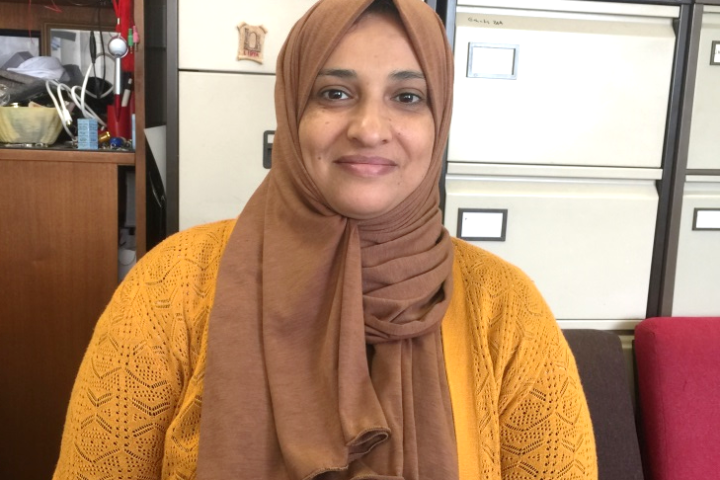Date published: 15/08/18

Wearable RFID Sensors for Indoor Patient Monitoring
- Name: Wafa Shuaieb
- Current Organisation: University of Bradford
In May, Translate opened its summer student project scheme to support small medical technology development projects in the Leeds City Region. The scheme proved to be a massive success and 26 unique projects were funded. Learn more about their work in this blog.
My name is Wafa Shuaieb and I am PhD Student at Faculty of Engineering and informatics, University of Bradford.
My project will present an approach for monitoring and tracking patients, particularly elderly patients, using low cost passive radio-frequency identification RFID system.
World demography data readily shows that people are living much longer than ever before, commensurate with improved health services and life quality in many peaceful parts of the world. According to the United Nations the growing number of the world population, especially for the elderly and infants, is expected to double by the end of 2050.
This is placing an unsustainable burden on healthcare professionals and service delivery. One reason for this is the increase in degenerative diseases especially in the elderly including Alzheimer’s, Dementia, Parkinson’s, Osteoporosis and incontinence. These diseases affect the elderly morally, physiologically and render them vulnerable- in need of constant health attention.
Any cost-effective solution that could provide early warnings but without intrusion would be highly desirable. The idea of tracking an elderly person living alone at home is to be explored. This will allow an understanding the physical behaviour of a person in a given confined space, also providing accurate movement and positioning information. A confined space can, in fact, be a hospital ward, a care home, or indeed a household environment.
Creatively applying RFID technology
To combat this issue, our project proposes a methodology based on low-cost wearable and light sensors in the form of cheap RFID tags, which can readily be embedded in regular clothing items. The received signal strength (RSS) from the RFID tags, which are carefully placed at selected places on the body of the patient, are to be decoded and used for accurately tracking the vertical and horizontal positioning of a person, at any time within a confined space.
It is intended that RFID fingerprinting methodology will be used for locating patient position and orientation in real time. The methodology developed could readily be applied in various health care and household settings. Six positions have been carefully selected to represent a useful set of patient positions and orientations as part of daily activity. These positions can readily be used to infer a relative patient health indicator.
For example, the system could detect when the patient is in a risky situation, such as when the patient has fallen on the floor, has stayed for a longer than the normal period in bed, or simply remained static without any movement. The proposed system can be enhanced later to include automated early warning system for triggering a help mechanism at the right time.
To achieve our aim, we are attaching very cheap RFID tags, each with a known ID value, to 7 selected locations on the patient body, and each location is monitored by a set of 8 tags. Doing this will help us to:
- Implement artificial intelligent methods of identifying the position and locations of tag sensors
- Develop software on the cloud based on measurements
- Develop the best method of feeding back urgent monitoring data to nurses, doctors or members of the patient’s family to assess the situation. This may be issued by a simple app.







